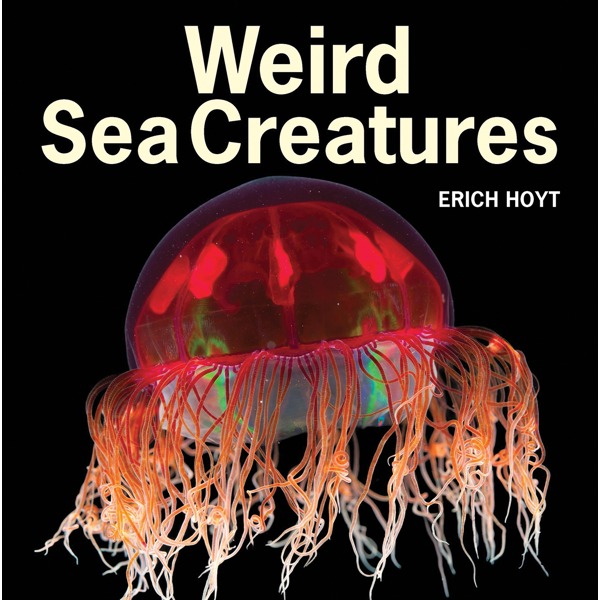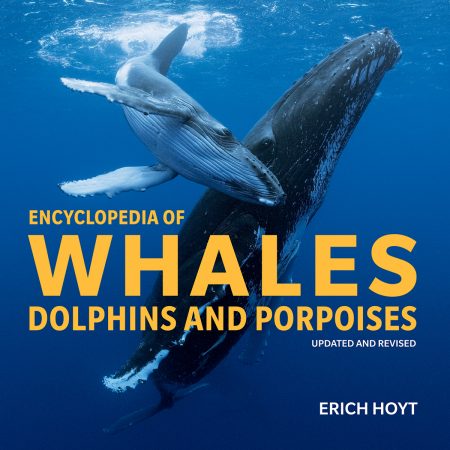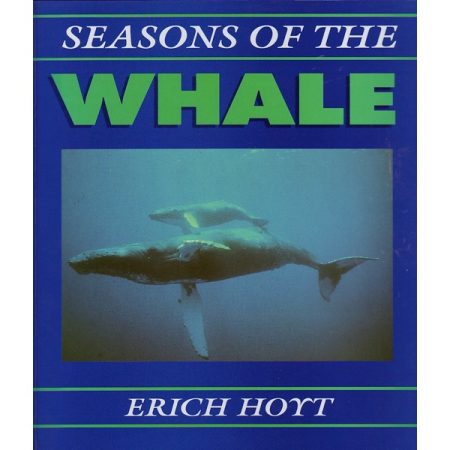Your cart is currently empty!
Welcome to Erich Hoyt Books. We ship worldwide!
Weird Sea Creatures
“Truly fascinating” descent into the deep for kids aged 12 and up; good introduction for adults First paperback edition, Firefly (Canada, US), 64 pages, 50+ colour photographs, index, 8.5 x 8.5 inches
In stock
Description
Weird Sea Creatures is a descent into the deep, an illustrated look at the weird and wonderful creatures that live in the sea. Humans have always wondered, with a mixture of fear and fascination, what lurks beneath the surface in the depths of the ocean. In this book, Erich Hoyt introduces 50 of the oddest creatures you will ever meet in the sea. From the carnivorous comb jelly to the lantern-carrying deep-sea dragonfish, from a vampire squid with giant eyes to dancing jellyfish, Hoyt explores these peculiar conditions and their equally peculiar environment. These creatures have adapted to lack of light and, using sound pulses (echolocation) or light-producing organs and pigment cells (emitting light via bioluminescence), they are able to communicate without giving their location away to predators.
These stunning, shocking photographs invite readers to gaze into strange, wild eyes and study faces with toothless or crooked smiles that witness the fruits of deep-sea evolution. Informative captions explain what the patterns of lights on their bodies are ‘saying’ to others in their absolutely dark world. The wonder and extraordinary weirdness of what lives in the deep seas, so far away from us and yet so close, will become more familiar with this book.
Latest reviews
5.0 out of 5 stars Truly fascinating 25 April 2013 Amazon review by Helen Johnston
“What a great title! This is a gorgeous book of photographs combined with succinct yet utterly informative descriptions of habitat and these creatures’ fascinating abilities. I like that Hoyt gives us licence to think `Wow – that’s weird’ and to smile at the names (how about the Naked Sea Butterfly?). This book is a celebration of oddness, but the `odd’ is only so because we don’t, yet, know much more.
There are 50 colour images on glossy black paper. These feats of wildlife photography are vibrant and truly astonishing. Hoyt’s vast knowledge and beautiful prose style shine through in the introduction – easing us into a world the deepest part of which we have visited on fewer occasions than we have the moon (moon six times, ocean twice).
Easily five stars; should be six for the low cover price of a photo- and fact-rich publication that beautifully reflects the frontiers of scientific discovery.”
Additional information
| Book type | Paperback |
|---|





